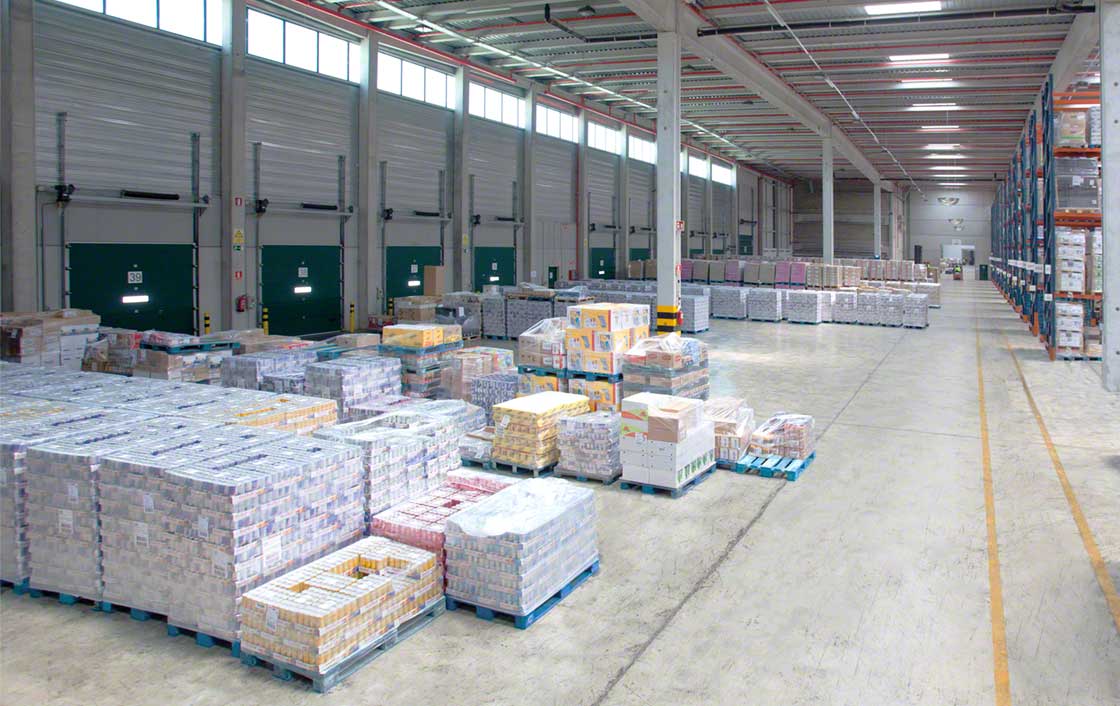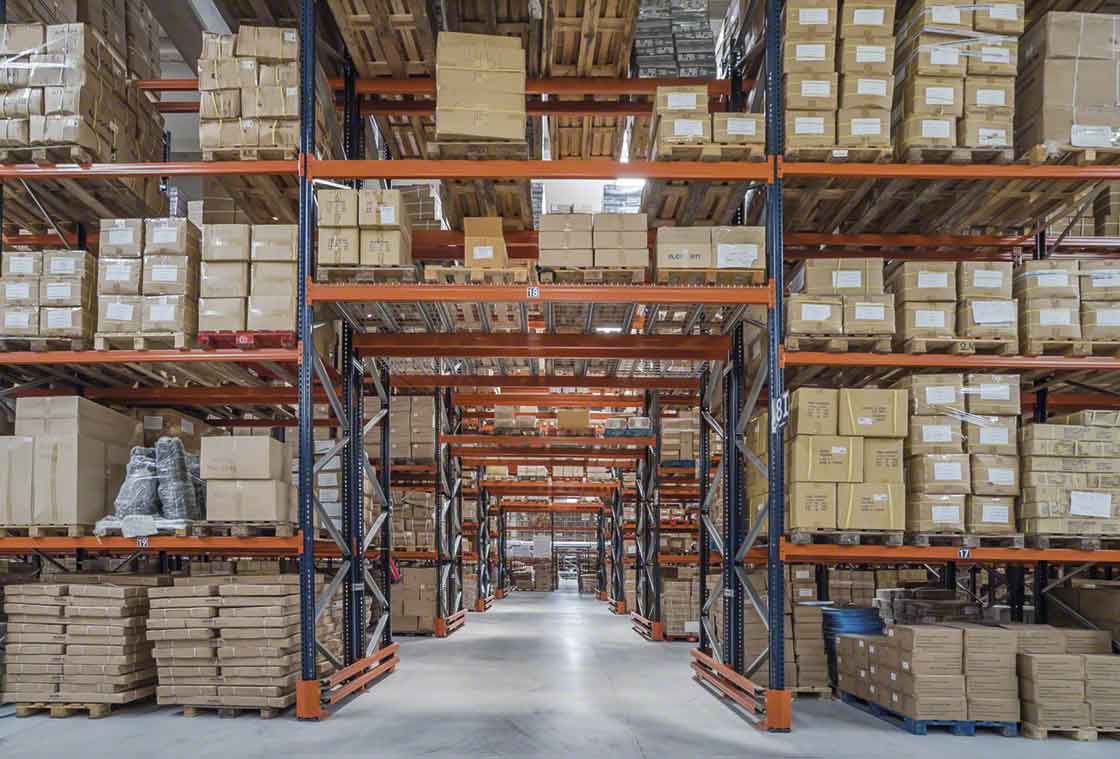The use of pallets for product transportation and storage is a topic that often comes up in the more technical parts of the warehouse industry. Palletization can significantly benefit any business, as it helps reduce cost while simultaneously increasing overall efficiency – but what exactly is its purpose?
In this article, we will look at what palletization is and why it’s such an effective method of handling large shipments or bulky goods in the warehouse. We’ll discuss the value it adds, how different types of pallets are used differently, and other important considerations when using palletized procedures.
What Is Palletization?
Palletization is a storage and shipping process utilized to organize, protect, and stabilize products or items during transportation or storage. It involves using wooden pallets bundled with straps to ensure the contents remain secure. Although it may seem like a simple concept, palletization saves shippers and businesses time, labor, and money by making it faster, easier, and more cost-effective to deliver items.
Palletization also helps businesses streamline their production process because many factories use automation systems that require pallets to transport goods efficiently. Ultimately, palletization offers an efficient way for businesses to store and ship products worldwide – all while keeping them safe from damage and contamination.
What Is A Palletizing Robot?
A palletizing robot is a specialized robotic machine specifically designed to palletize products. It helps speed up the palletization process, saving time and labor costs while reducing the risk of employee injury due to manual palletization. Palletizing robots are programmed with a user-friendly interface that can be adjusted to palletize different types and sizes of products.
These robots usually feature multiple pallets, which allow them to rotate and stack items quickly and precisely – significantly increasing efficiency and accuracy within a warehouse environment. Additionally, most palletizing robots are equipped with safety sensors to protect workers from potential accidents.
What Are The Advantages Of Palletization?
Palletization offers several advantages to businesses, including cost savings, environmental benefits, and increased safety. For starters, palletizing reduces labor costs by eliminating the need for the manual loading of products. Additionally, it helps speed up the distribution process due to its more organized handling of goods and faster transportation times.
Palletization also positively impacts the environment because it helps reduce packaging waste from single-use boxes or containers – resulting in less landfill waste generated by companies. Finally, palletization increases overall safety due to its secure bundling straps, which help prevent accidents caused by shifting cargo during transport.
How Is Palletization Used In Warehouses And Distribution Centers?

Palletization is often used in warehouses and distribution centers to store and ship products efficiently. When using pallets, goods can be stacked and organized into neat rows for easier retrieval by forklifts or other powered vehicles. Furthermore, pallets help protect the goods from damage during transport due to their secure bundling straps – preventing items from shifting around inside a truck or container.
Lastly, palletization helps streamline the overall process of storing and shipping goods by reducing handling time and product loss due to mishandling. It ultimately allows companies to save money on labor costs while simultaneously increasing their efficiency.
Are There Any Drawbacks To Palletization?
Although palletization offers many advantages, there are a few drawbacks to consider. For instance, the cost of packaging materials associated with palletizing can be high depending on the type and size of the products shipped. Additionally, automated palletizing robots require a significant upfront investment for their purchase and installation – which may only fit into some businesses’ budgets.
Finally, some companies may find that manual handling of goods is still more efficient than using a robotic machine in some instances due to labor costs or product fragility. Ultimately, weighing out the pros and cons of each situation is essential before deciding whether or not to invest in palletization.
Tips For Successful Palletization
To ensure successful palletization, there are several tips to consider. One tip is to use the correct packaging material to protect and secure the goods during transport – such as shrink wrap or bubble wrap. Additionally, it is essential to pay attention to the product weight, size, and shape when packing them onto a pallet to maximize space efficiency and minimize damage risk.
It is also essential that companies properly train their employees on how to handle products while loading them onto a pallet safely – this will help reduce employee injury and product loss due to mishandling. Finally, businesses should always strive for consistency when palletizing products by utilizing standardized procedures to keep costs down and increase efficiency.
In Conclusion
Palletization is an effective way for businesses to increase efficiency, save money on labor costs, and reduce their environmental footprint. By utilizing pallets, companies can safely and securely store and ship products while streamlining the overall process. However, it is essential to consider all of the pros and cons before investing in palletization and several tips for successful palletization.
















